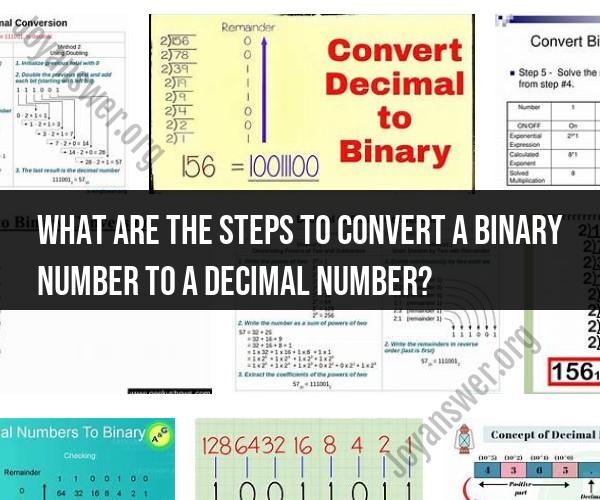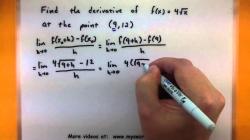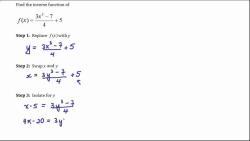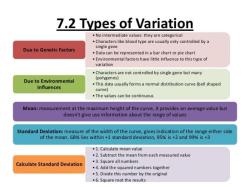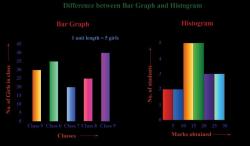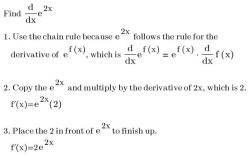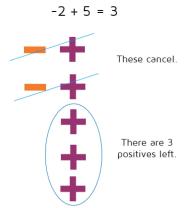What are the steps to convert a binary number to a decimal number?
Converting a binary number to a decimal number involves a straightforward process. Follow these steps to convert binary to decimal:
Write Down the Binary Number:
- Start with the binary number you want to convert. It should consist of a sequence of 0s and 1s.
Assign Powers of 2:
- Starting from the rightmost digit (the least significant bit) and moving left, assign a power of 2 to each digit's position. Begin with 2^0 for the rightmost digit and increment the exponent by 1 for each position to the left.
Example:
- For an 8-bit binary number, you would have positions like this:2^7 2^6 2^5 2^4 2^3 2^2 2^1 2^0
Multiply and Sum:
- Multiply each digit in the binary number by the corresponding power of 2 and sum all the results.
Example:
- If your binary number is 11011010, you would perform the following calculations:
- 1 * 2^7 = 128
- 1 * 2^6 = 64
- 0 * 2^5 = 0
- 1 * 2^4 = 16
- 1 * 2^3 = 8
- 0 * 2^2 = 0
- 1 * 2^1 = 2
- 0 * 2^0 = 0
Add Up the Results:
- Sum all the results from step 3 to get the decimal equivalent of the binary number.
Example:
- In our example, the sum is: 128 + 64 + 0 + 16 + 8 + 0 + 2 + 0 = 218
So, the binary number 11011010 is equivalent to the decimal number 218.
This process works for binary numbers of any length. Just be sure to assign the appropriate powers of 2 to each digit and sum the results to find the decimal equivalent.
